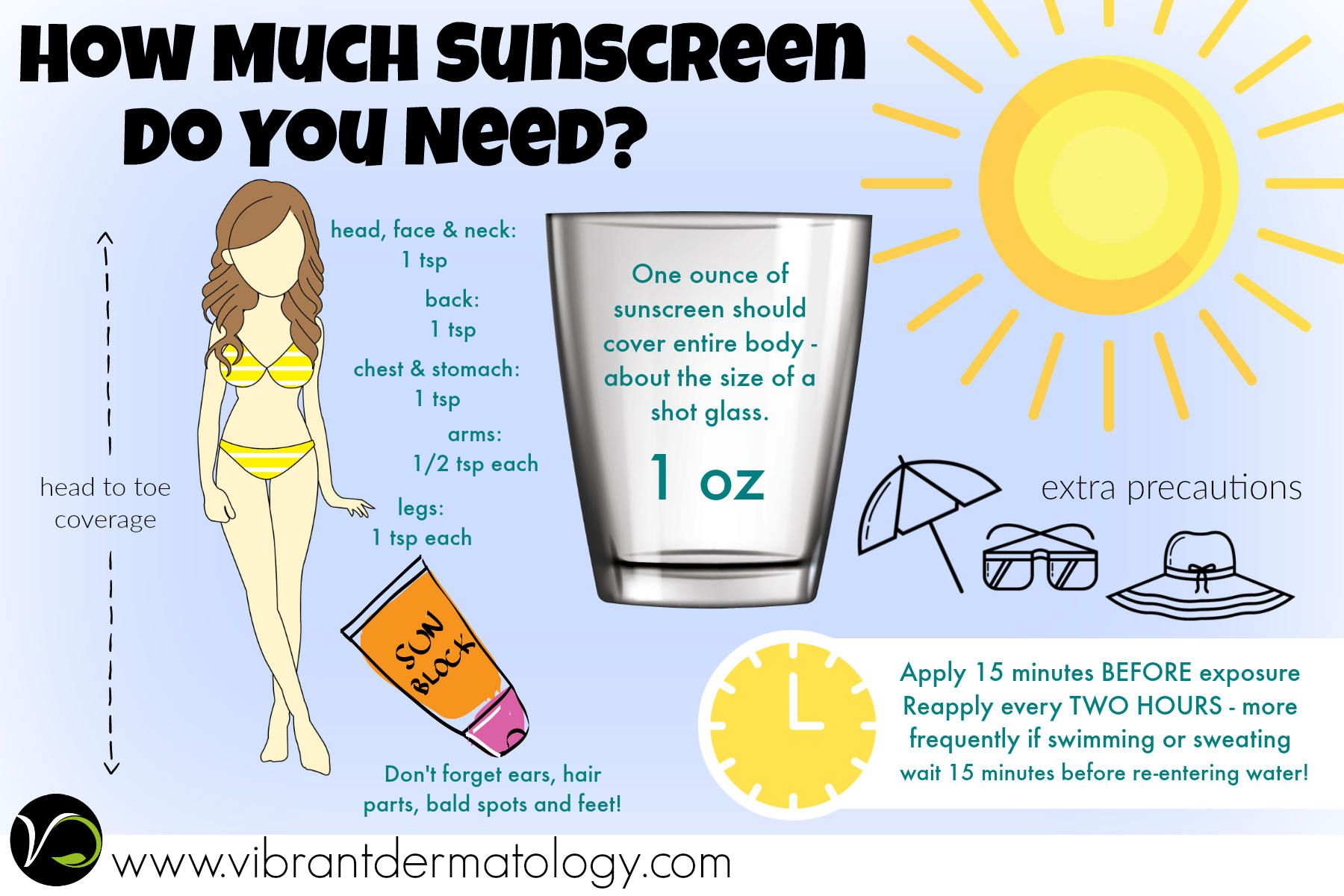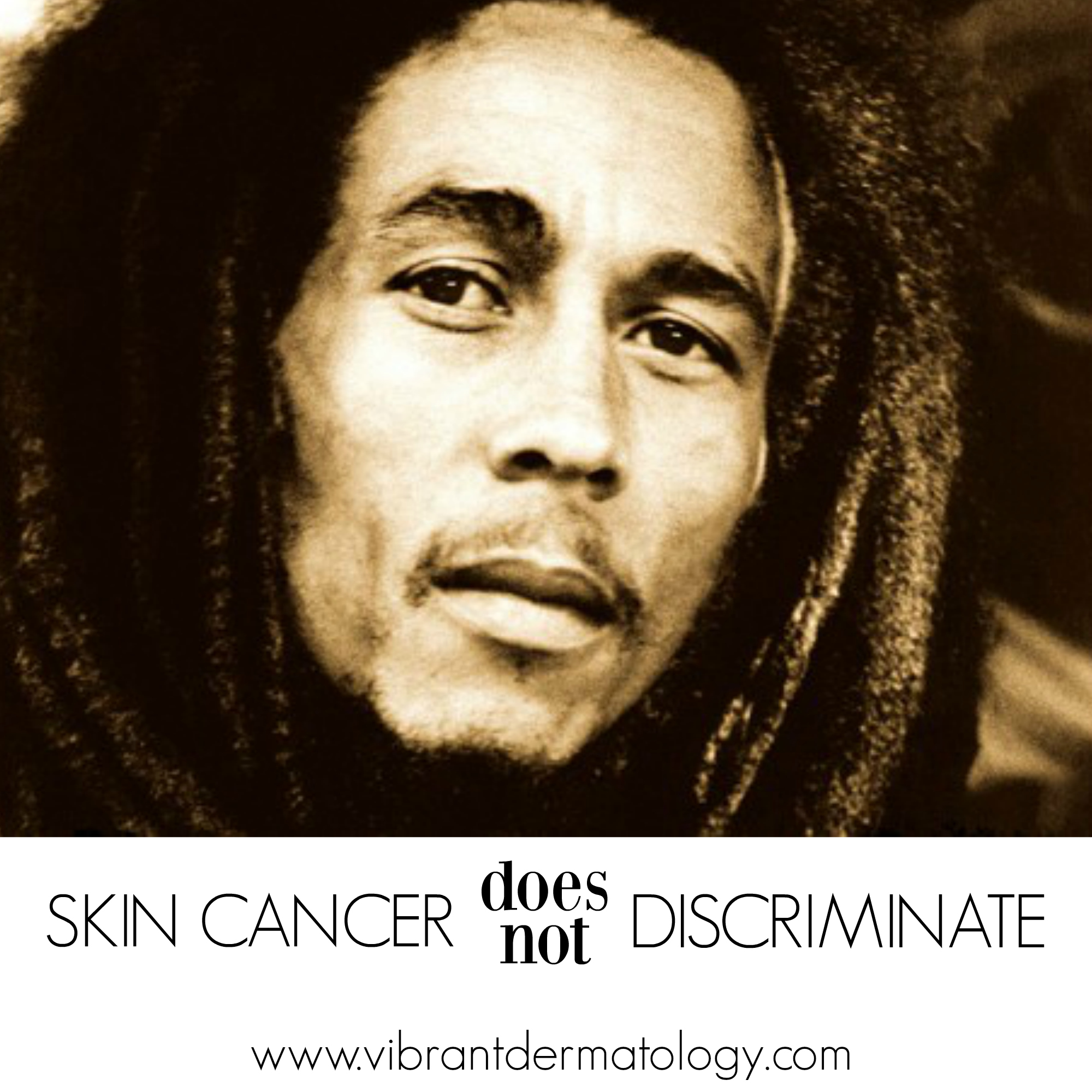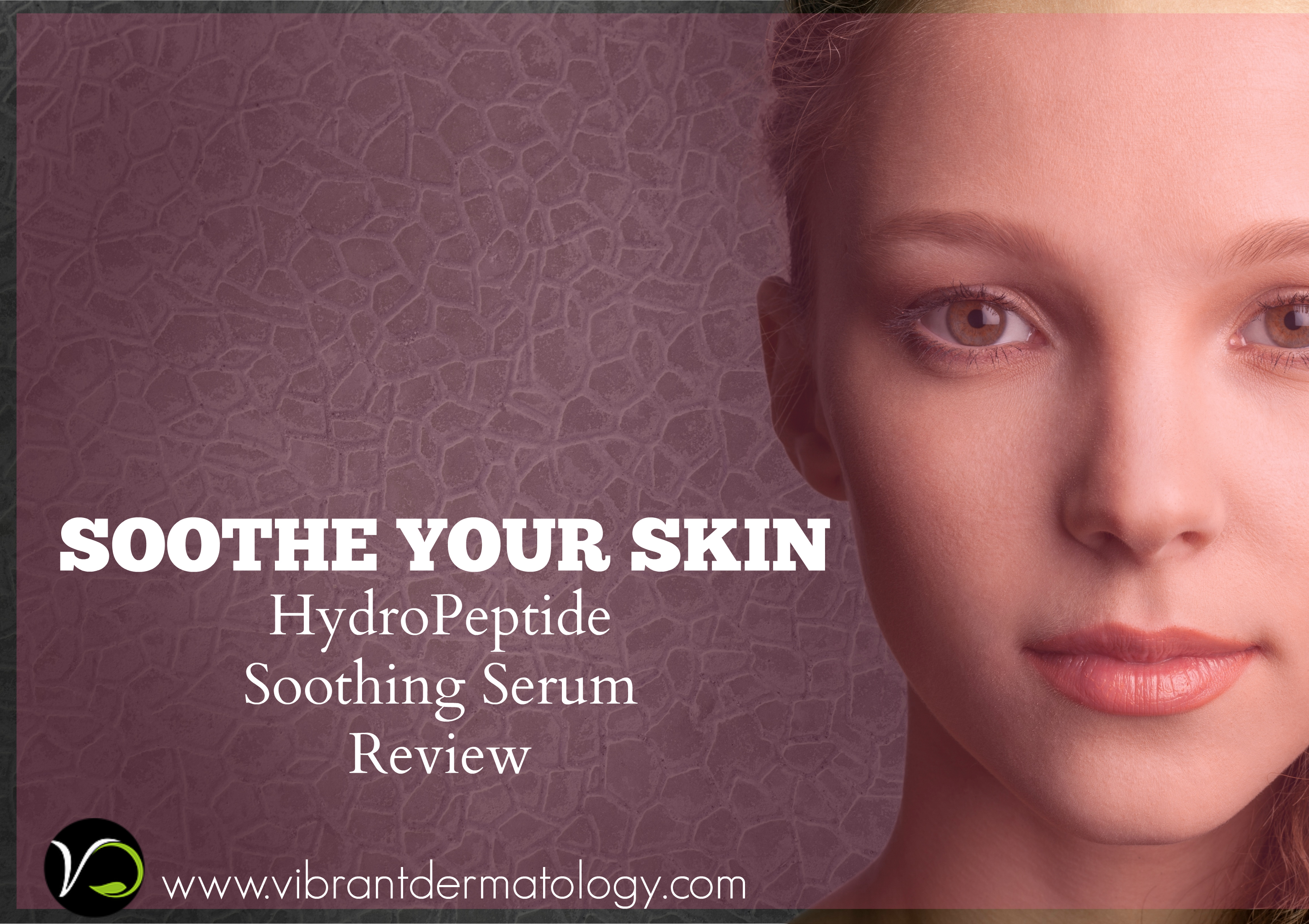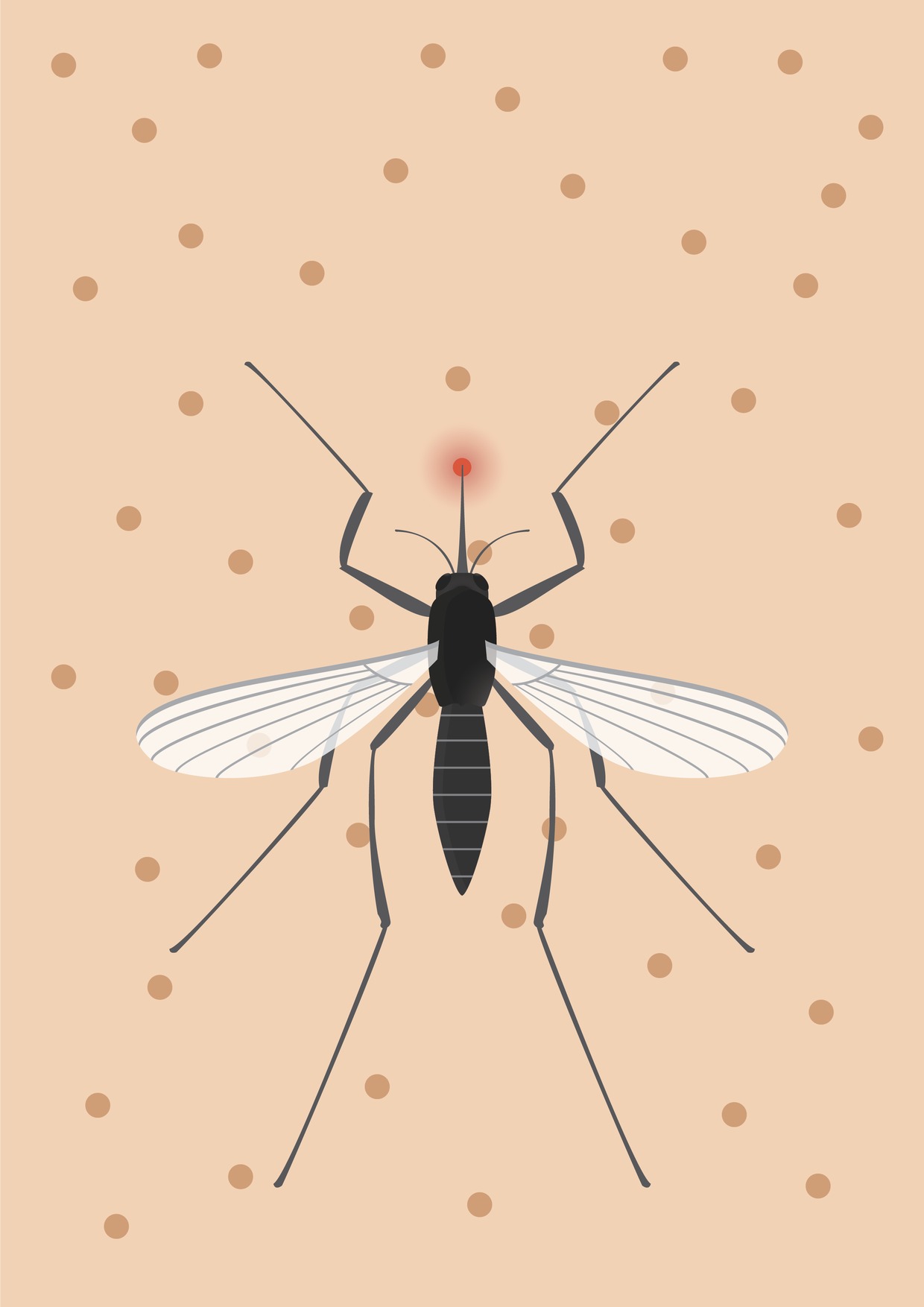Take a look at the images below – Halle Berry and Nicole Kidman – similar in age yet you can see more lines and sagginess in Nicole’s face – especially around her eyes. While these women both look amazing for being in their late 40’s, Halle maintains a much younger looking appearance.
There is an age-old adage, “black don’t crack” that I hear a lot as an African American woman and dermatologist. The adage refers to the tendency for people with darker skin to retain their youthful appearances, despite advancing in age. There is some interesting science behind this idea that people with darker skin do not age as early as their light-skinned counterparts. It turns out that genetics do play a helpful hand in helping those with darker skin tones to age later.
When we talk about aging, there are two elements to consider: Chronological aging and photo-aging. The first part of this – chronological – is the actual passing of years. We cannot stop the passing of years that will leave their mark. Photo-aging is aging that happens as a result of damage from Ultraviolet (UV) light. Darker skin contains more melanin which protects the body from UV rays. When there is less melanin, there is more chance of damage to the elasticity beneath the skin’s surface. This damage causes wrinkled, dry skin. Additionally, the body will attempt to produce additional melanin as a defense mechanism, but this can result in age or liver spots on the surface of the skin which also contribute to an older appearance.
Despite the genetics that help African American woman retain their youthfulness, a good skincare routine will go a long way to ensure that skin remains healthy and glowing. Living a healthy lifestyle is also important – if your diet is lacking and you aren’t getting enough sleep it’s going to show! Genetics alone are not going to protect anybody from the signs of aging!
Aging gracefully
I believe that everybody should be allowed to age with grace – in their own personal way. Proper skincare routines started from an early age will help to ensure healthy skin and will go a long way to help prevent the signs of aging coming too early. Once the aging process begins, there are plenty of non-surgical options that will help to mask the signs of aging.
My personal anti-aging routine is as follows (affiliate links):
1. I wash my face a with a gentle cleanser twice a day. Some brands I love are Vanicream Facial Cleanser, Hydropeptide Cleansing Gel, and Cetaphil Facial Cleanser.
2. I have acne, so I then apply my morning acne medication, followed by a moisturizer with sunscreen. I love Aveeno Positively Radiant and CeraVe AM Lotion. They both have SPF 30, which is a great sunscreen for the cooler months. In summer time, I use Spf 50 for added protection.
3. Once a week, I use a home peel. My current favorite is the Hydropetide Plump and Polish Peel, which has microdermabraision crystals that help minimize the appearance of my prominent pores.
4. As I am in my mid-thirties, I have now started to pay a little bit more attention to preventing aging around my eyes, so I use an eye cream called Eye Authority as well as a lash product that has resulted in fabulous thick eyelashes.
5. Twice a year, I get Botox in my forehead which helps me maintain a soft, wrinkle free look.
6. Lastly, I get chemical peels every 3 months, for added deep exfoliation and prevention of dark spots, and fine lines and wrinkles.







